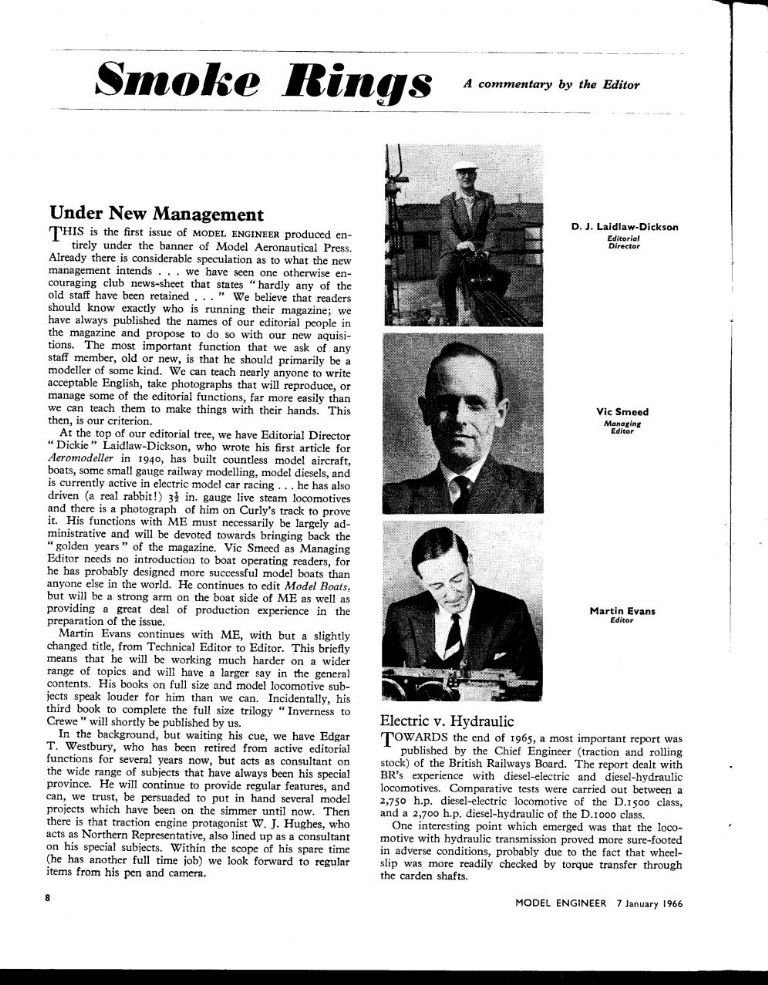A couple of points,
1 In the good old, bad old days, when men were men etc etc, there were very few skilled machinists, relative to the number of machines. The skilled men would be setting up manual machines for semi skilled operators to use. Where I did my apprenticeship (Saunders Roe) there were something like a dozen capstans which were all set up by one man. The semi skilled operators had to be able to read a set of instructions and twiddle a handle which moved something until it hit a stop, when the handle would be twiddled backwards, and so on. From memory, in the machine shop there would have been something like 50 or 60 people, of whom about 10 or 15 who were considered to be "Skilled", or Tradesmen. Similarly there was a bank of mills which would be set up by a skilled man, and operated by a semi skilled person.
The last place that I worked had an all CNC Machine Shop, including Inspection. There were about 30 to 35 people working there. Of those something like 20 or 25 were considered to be able to prepare CNC programs, obviously some were senior to others and were capable of undertaking breathtakingly complex tasks. None of them were "button pushers" but skilled people. We were a jobbing shop that produced small batches, sometimes batches of 1!! seldom more than 25 or 30.
So from this, in my experience I think its fair to say that the type of skill required has changed from a person who had an intimate knowledge of a manual machine to someone who has an intimate knowledge of a CNC machine, It's very likely that the manual machinist of a bygone era would be gobsmacked by what a modern CNC machine is capable of, and that a modern CNC machinist would be gobsmacked by what a skilled person on a manual machine is capable of. Horses for courses.
I think that it's true to say that for every technical innovation there is a related loss of skill somewhere.
For instance look at draughting. Again, where I did my apprenticeship, there were about 250 draughtsmen, and a handful of Engineers (thats degree qualified Engineers….). To be a draughtsman you had to first be a tradesman, and understand how things were made. The draughtsmans job was to turn the concepts of the Engineer into something that could be made. The last place that I worked had a handful of what I would call draughtsmen, maybe 5 or 6 when I retired. However there were maybe 50 or 60 people who prepared drawings and models for manufacture, invariably they had a degree, their job title was "Engineer" but the function they endeavoured to perform was that of a Draughtsman. The fact that they did their work on a CAD station is relevant, there's a lot of technology available in CAD stations. The technology in many ways is amazing, but it is still a requirement that the operator must understand how a thing is to be made. Some of them (most of them) didn't know the difference between a mill and a lathe and had no idea how things were made. I spent a large part of my time conducting "Design for Manufacture" exercises and holding the hands, (in a technical sense!) of these new Draughtsmen.
Of course the modern Manager would say that "…stuff is still being made, isn't it?" which is true, but what happens when the last Old Ph**t retires?
Apparently its called progress…..
cheers
Bill
Edited By Bill Pudney on 21/08/2014 06:35:10
CotswoldsPhil.








